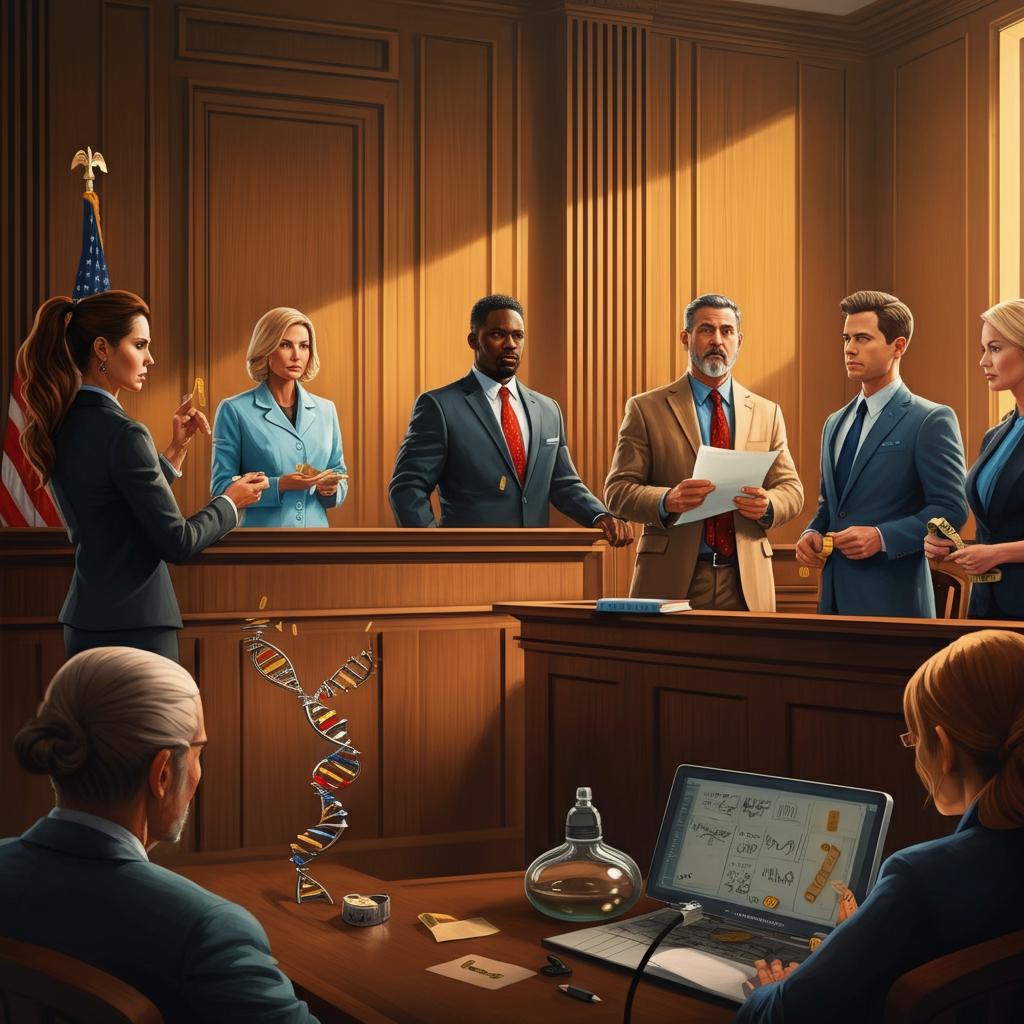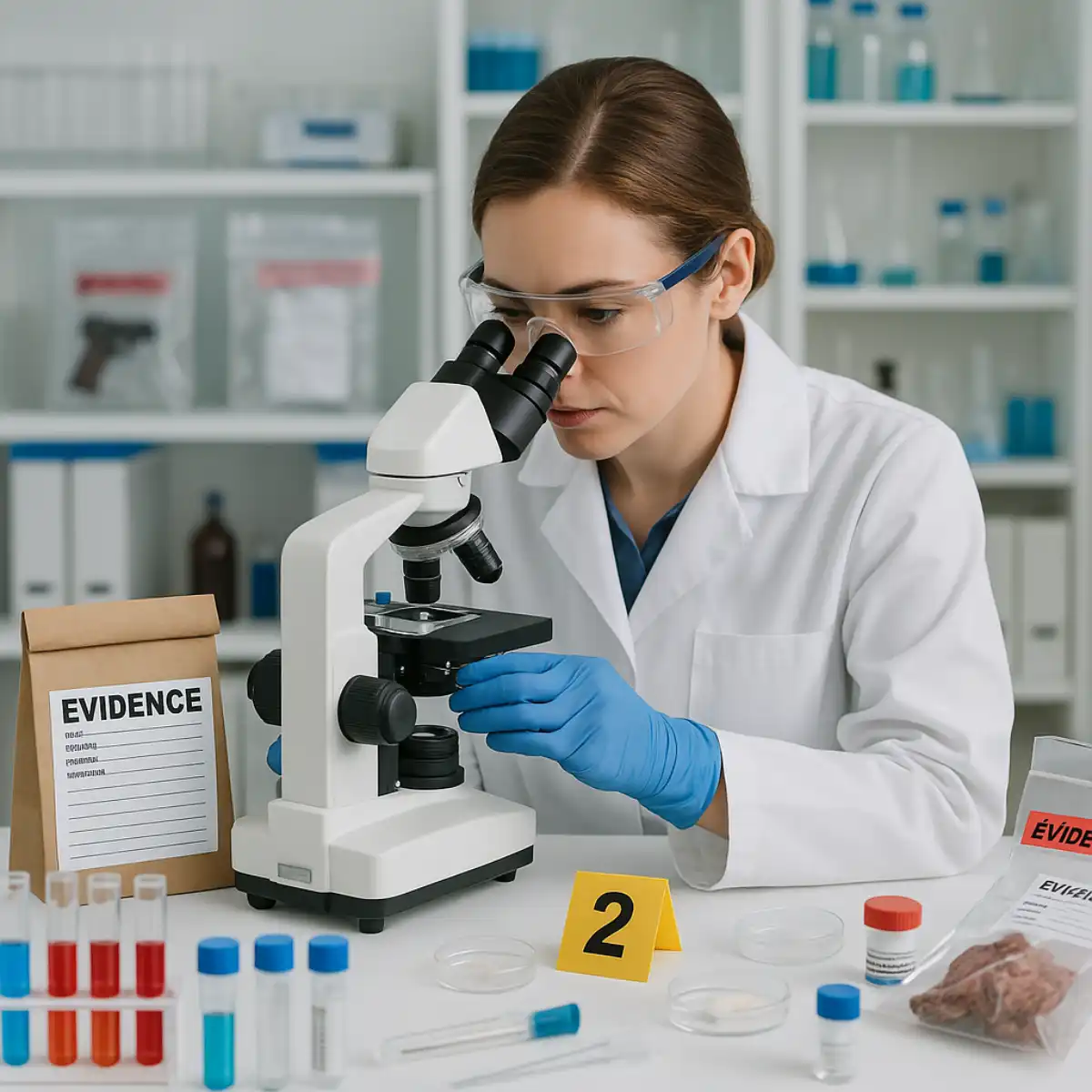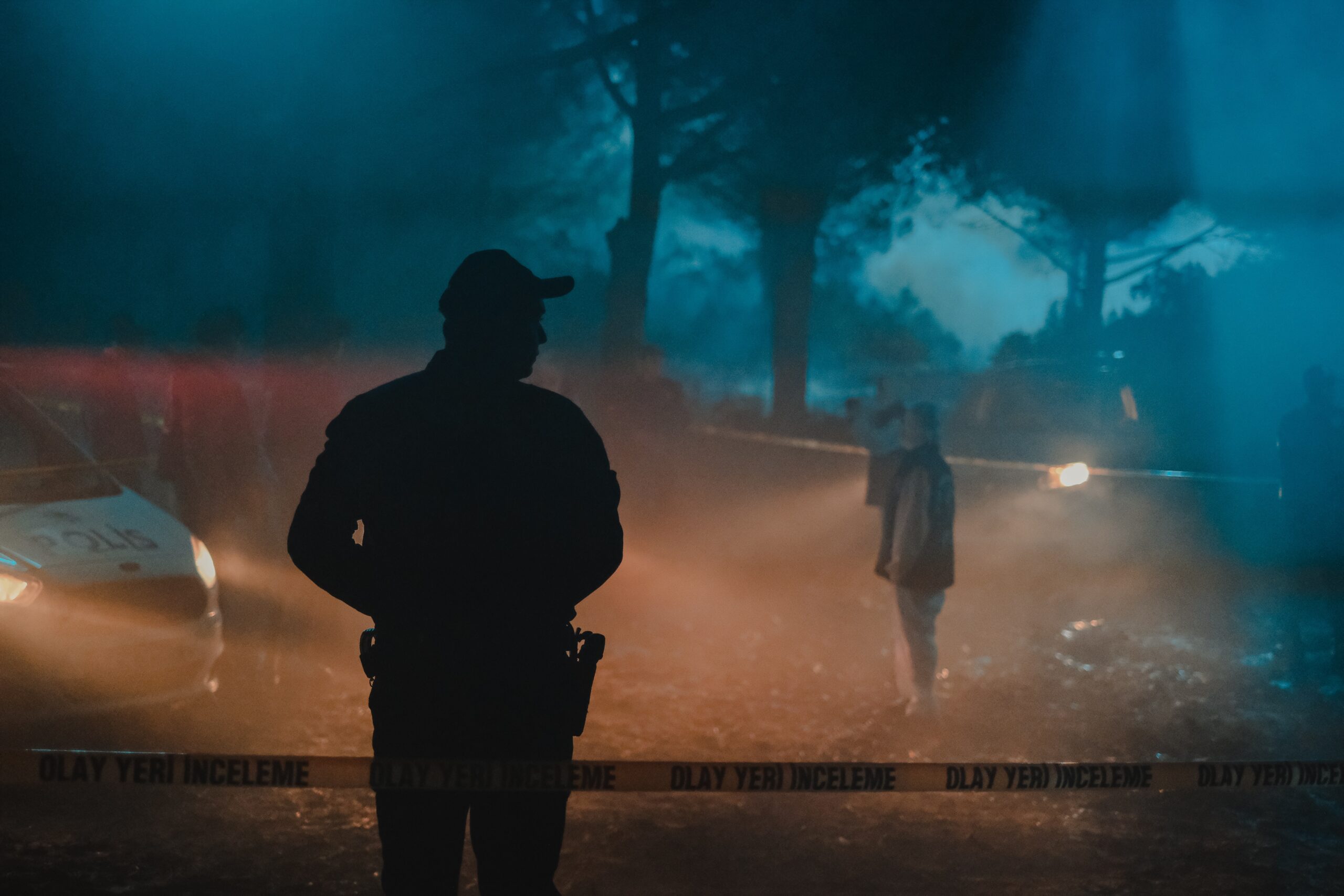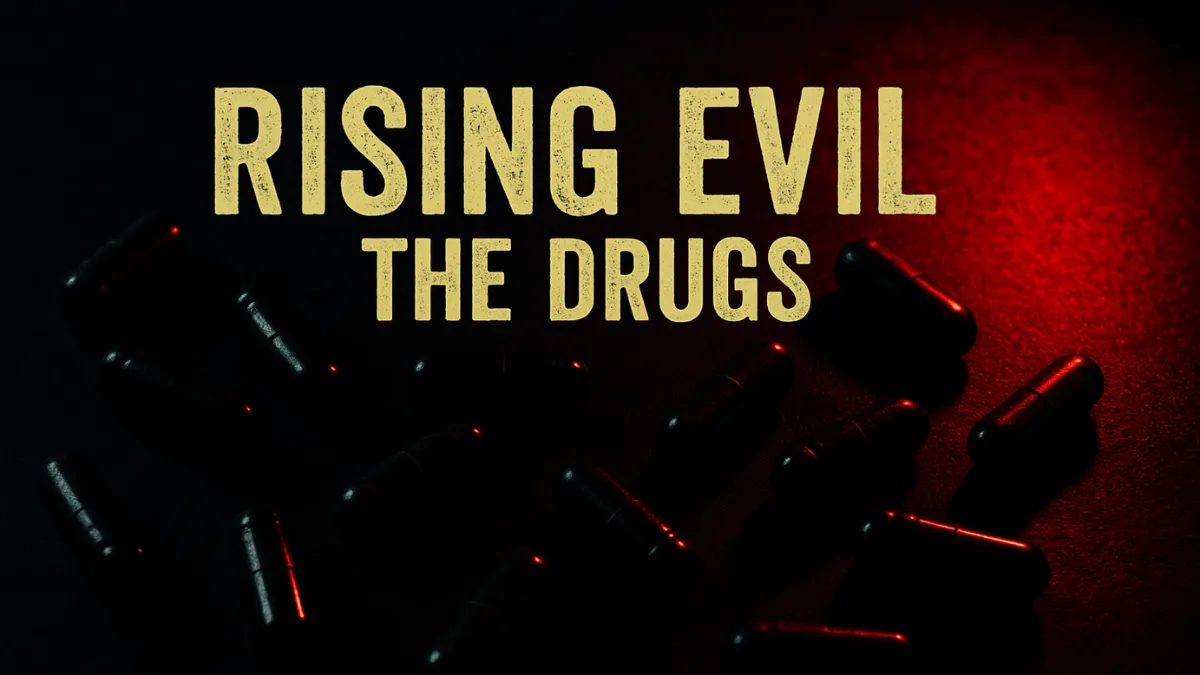Last Updated on August 18, 2025 by Nyayik Vigyan
Forensic Science for Lawyers: The courtroom drama unfolds, a prosecutor presents DNA evidence linking the defendant to the crime scene, while the defense questions the chain of custody. Meanwhile, digital forensics experts testify about deleted files, and ballistics specialists explain bullet trajectories. This scenario highlights how deeply forensic science has become woven into modern legal practice.
Forensic science applies scientific methods and techniques to investigate crimes and present evidence in legal proceedings. For lawyers, understanding these disciplines means the difference between effectively challenging evidence and missing critical flaws that could change case outcomes. Whether you’re prosecuting a murder case or defending a client against fraud charges, forensic evidence often serves as the foundation upon which verdicts rest.
This guide explores the forensic disciplines every forensic lawyer should understand, the legal standards governing evidence admissibility, and the challenges that can make or break your case strategy.
Key Forensic Disciplines Every Attorney Should Know
DNA Analysis
DNA analysis remains one of the most powerful tools in forensic science. This technique compares genetic material found at crime scenes with samples from suspects, victims, or databases. DNA evidence can establish identity with extraordinary precision when properly collected and analyzed.
However, DNA analysis has limitations. Mixed samples from multiple contributors can complicate interpretation. Degraded samples from older cases may yield partial profiles. Touch DNA—genetic material left behind from brief contact—can transfer between surfaces, potentially misleading investigators about when and how it arrived at a crime scene.
Toxicology
Forensic toxicology examines the presence of drugs, poisons, and other substances in biological samples. This discipline plays crucial roles in cases involving impaired driving, workplace accidents, suspicious deaths, and drug-related crimes.
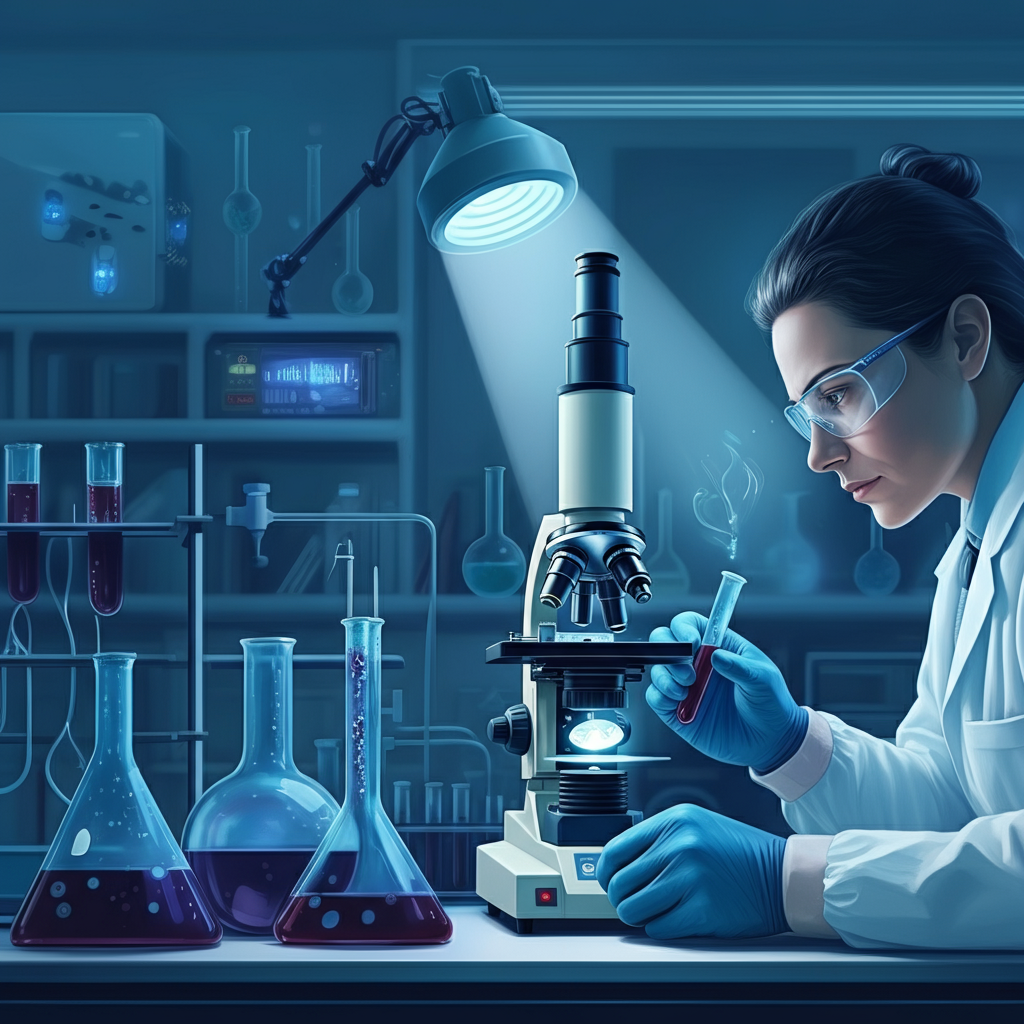
Forensic Science for Lawyers
Toxicologists analyze blood, urine, hair, and tissue samples to determine substance concentrations and estimate impairment levels. Understanding detection windows proves essential—while cocaine may only appear in blood for hours, it can remain detectable in hair for months.
Ballistics and Firearms Examination
Ballistics experts analyze firearms, ammunition, and gunshot residue to reconstruct shooting incidents. They examine bullet trajectories, determine firing distances, and attempt to match bullets and cartridge cases to specific weapons.
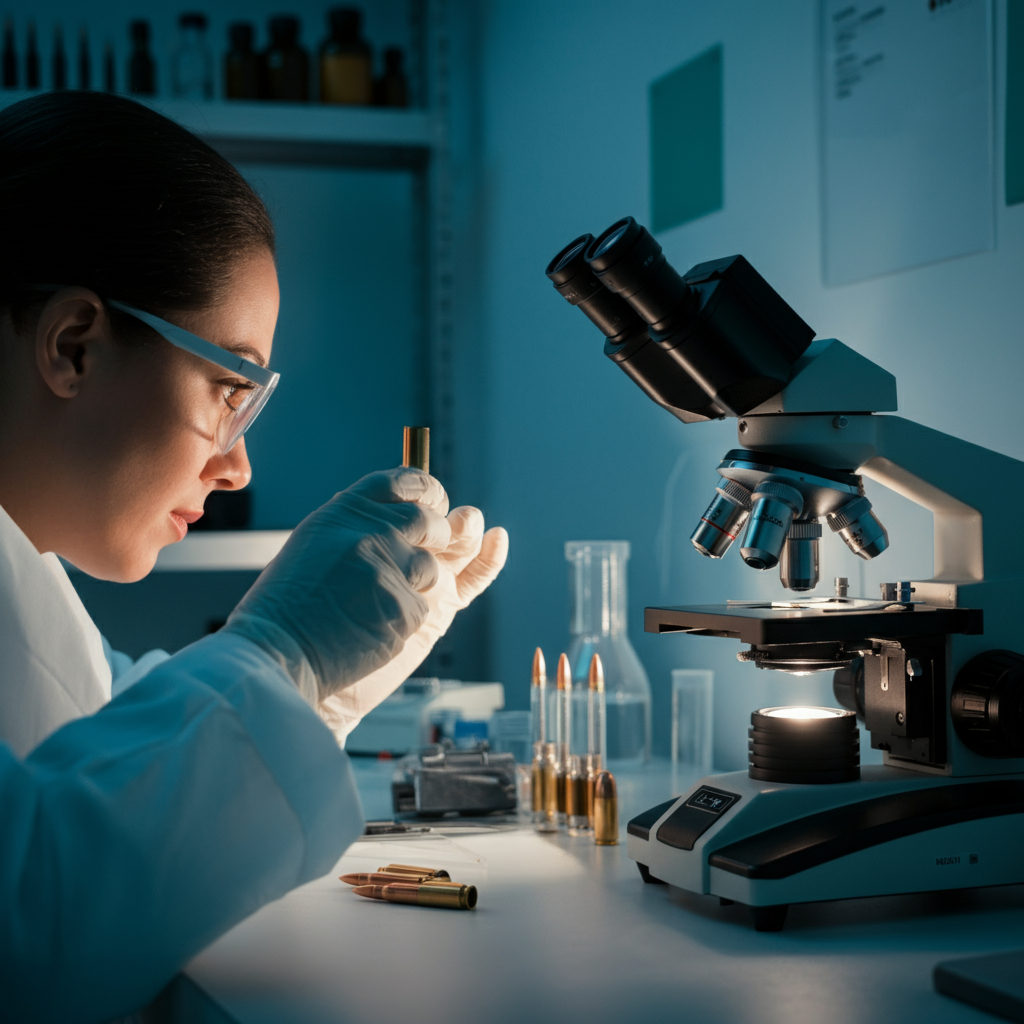
Forensic Science for Lawyers
Tool mark analysis, a subset of ballistics, compares the unique marks firearms leave on bullets and cartridge cases. However, recent scientific reviews have questioned the reliability of some traditional firearms identification methods, making this area particularly important for legal challenges.
Digital Forensics
Digital forensics has exploded in importance as our lives become increasingly digital. Specialists recover and analyze data from computers, smartphones, servers, and other electronic devices. They can uncover deleted files, trace online activities, and establish timelines of digital communications.
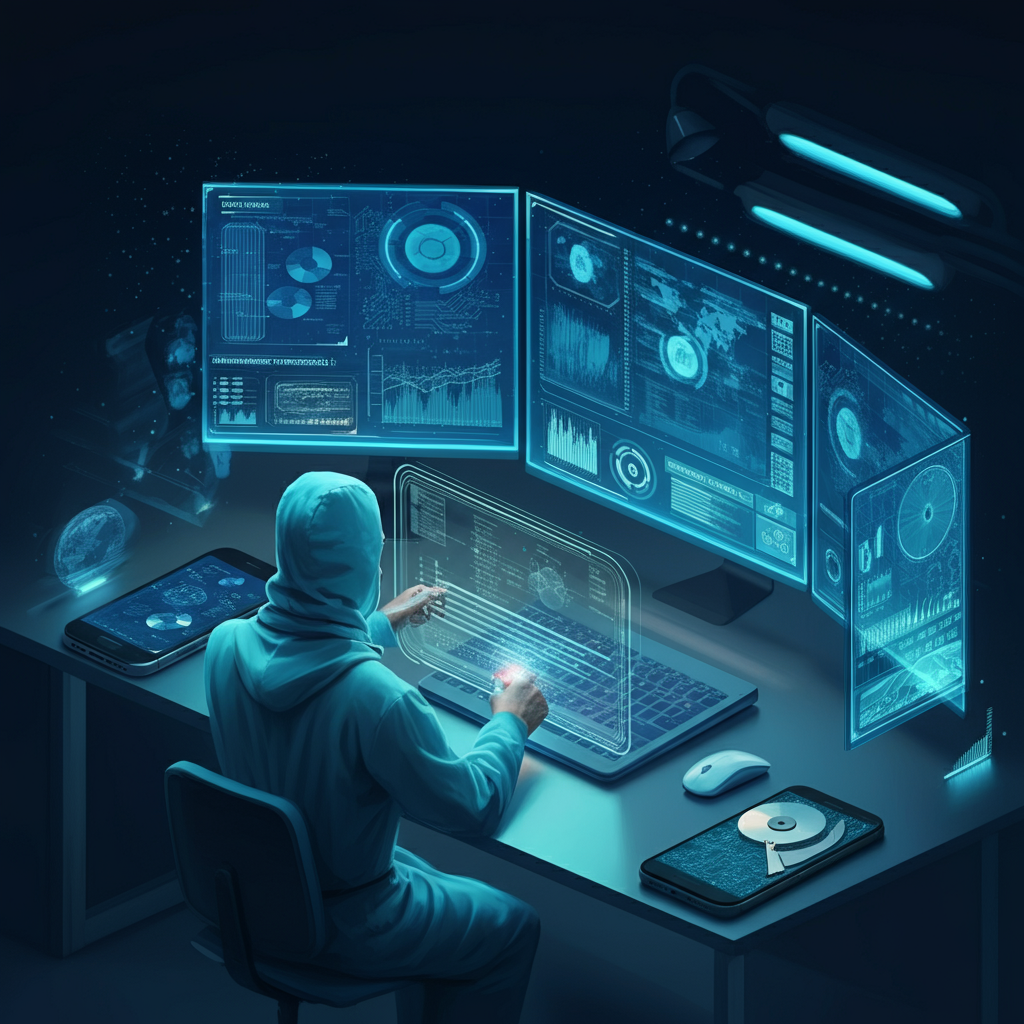
Forensic Science for Lawyers
This field encompasses everything from recovering text messages in domestic violence cases to analyzing financial records in fraud investigations. Understanding metadata, file creation dates, and network logs has become essential for many modern legal cases.
Understanding Evidence Admissibility Standards
The Daubert Standard
The Daubert Standard, established by the Supreme Court in 1993, governs the admissibility of scientific evidence in federal courts and many state jurisdictions. This standard requires judges to act as gatekeepers, evaluating whether scientific testimony is both relevant and reliable.
Under Daubert, courts consider several factors: whether the theory or technique can be tested, whether it has been peer-reviewed, its error rates, and its general acceptance in the scientific community. This standard gives judges more discretion than its predecessor and requires active evaluation of forensic science methods.
The Frye Standard
Some states still follow the Frye Standard, which focuses on whether the scientific technique has gained general acceptance in its particular field. This “general acceptance” test is more conservative than Daubert and typically results in slower adoption of new forensic techniques.
Understanding which standard applies in your jurisdiction affects how you prepare forensic evidence and expert testimony. It also influences your strategy for challenging opposing forensic evidence.
Real-World Case Studies
The power of forensic science for lawyers becomes clear through landmark cases that shaped legal precedent.
The Amanda Knox case demonstrated how forensic evidence interpretation can vary dramatically. DNA evidence found on a knife became central to the prosecution’s case, but defense experts successfully challenged the collection methods and contamination risks, ultimately contributing to Knox’s acquittal.
The Golden State Killer case showcased the evolution of DNA analysis. Investigators used genetic genealogy—comparing crime scene DNA to public genealogy databases—to identify Joseph James DeAngelo decades after his crimes. This technique has since solved hundreds of cold cases but raised new legal and privacy questions.
In the digital realm, the San Bernardino shooting case highlighted the growing importance of digital forensics. The FBI’s efforts to unlock the shooter’s iPhone sparked national debates about encryption, privacy rights, and law enforcement access to digital evidence.
Common Challenges of Forensic Science for Lawyers and Pitfalls
Cognitive Bias
Forensic scientists, like all humans, can fall prey to cognitive bias. When analysts know details about a case or suspect, this knowledge can unconsciously influence their interpretations. Some laboratories now implement blind testing procedures to minimize these effects.
As a forensic lawyer, understanding these biases helps you ask better questions during cross-examination and identify potential weaknesses in forensic conclusions.
Error Rates and Quality Control
Every forensic technique has inherent error rates, but these aren’t always well-documented or clearly communicated. Some disciplines, like fingerprint analysis, have traditionally claimed zero error rates—a claim that scientific research has challenged.
Quality control failures can compromise entire cases. The Massachusetts drug lab scandal, where chemist Annie Dookhan admitted to falsifying test results, led to the dismissal of thousands of drug cases and highlighted the importance of laboratory oversight.
Chain of Custody Issues
Evidence must maintain an unbroken chain of custody from collection to courtroom presentation. Any gaps or irregularities can render powerful forensic evidence inadmissible. Proper documentation, storage conditions, and transfer procedures are essential but not always perfectly maintained.
Interpretation Complexity
Modern forensic techniques often produce complex data requiring careful interpretation. Mixed DNA samples, partial fingerprints, and degraded digital evidence can all yield ambiguous results. The challenge lies in distinguishing between what the science can definitively prove versus what it suggests.
The Future of Forensic Science for Lawyers in Legal Practice
Forensic science continues evolving rapidly, with new technologies and techniques regularly entering courtrooms. Artificial intelligence now assists in fingerprint matching and digital evidence analysis. Advanced statistical methods improve DNA mixture interpretation. Emerging fields like forensic genealogy and environmental forensics create new possibilities and challenges.
For the scientist lawyer navigating this landscape, staying current with scientific developments proves essential. Professional development opportunities, forensic science conferences, and collaboration with expert witnesses help attorneys maintain the knowledge needed to effectively use and challenge forensic evidence.
Understanding forensic science fundamentals, evidence admissibility standards, and common pitfalls empowers attorneys to build stronger cases and better serve their clients. Whether you’re establishing guilt beyond reasonable doubt or creating reasonable doubt in the minds of jurors, forensic evidence often provides the foundation for success.
The intersection of science and law continues growing more complex, but attorneys who invest in understanding forensic disciplines will find themselves better equipped to navigate modern legal challenges and achieve favorable outcomes for their clients.


